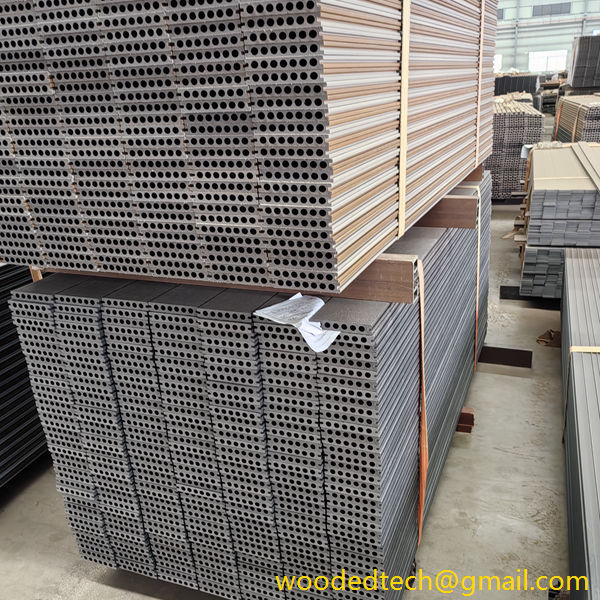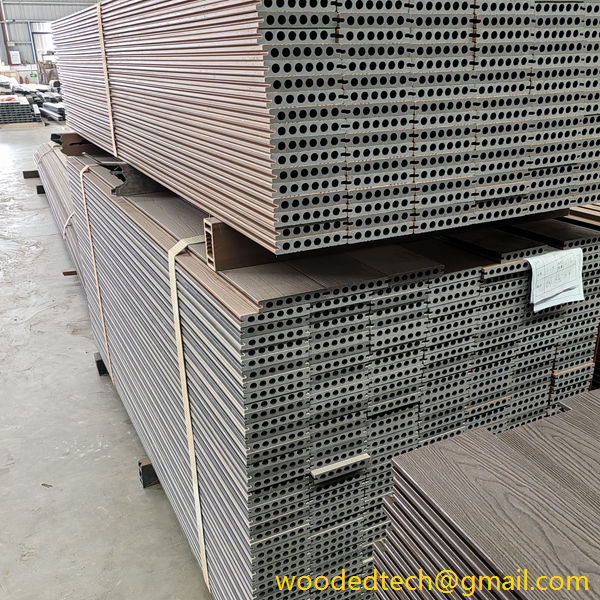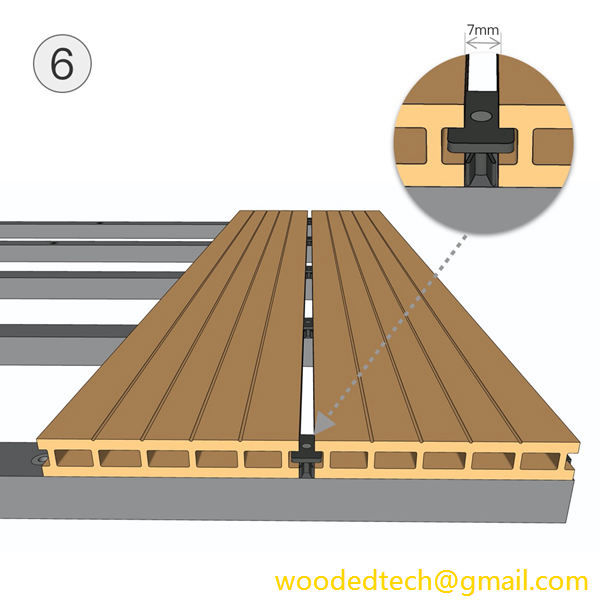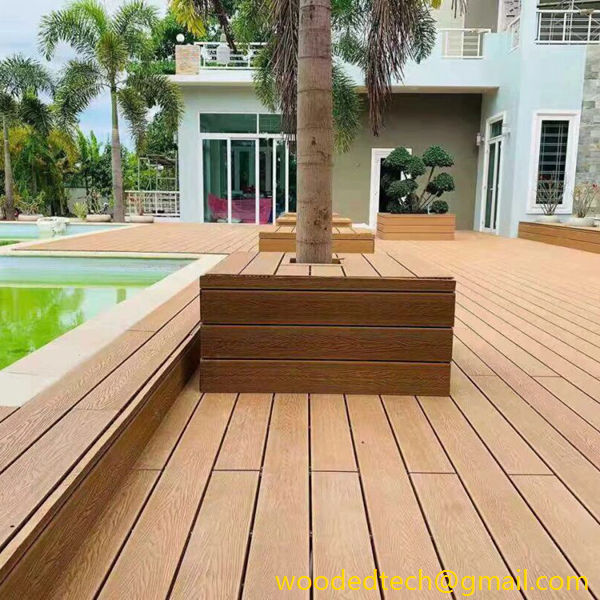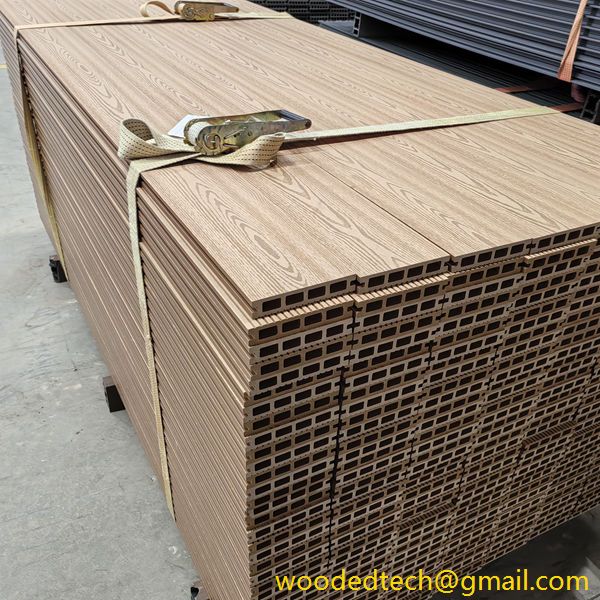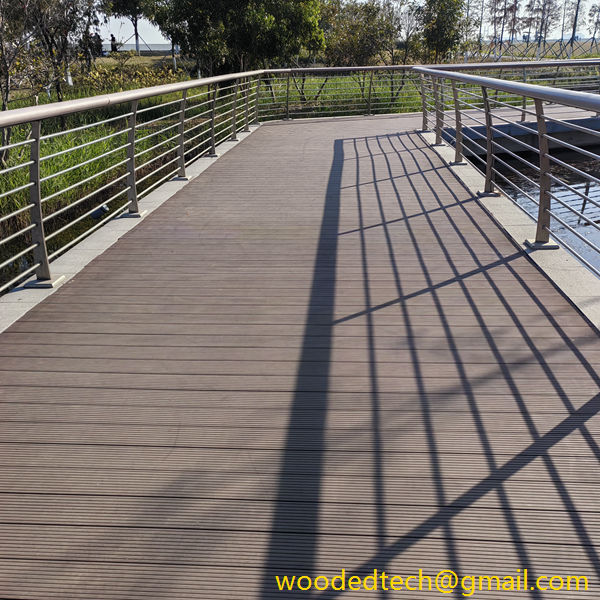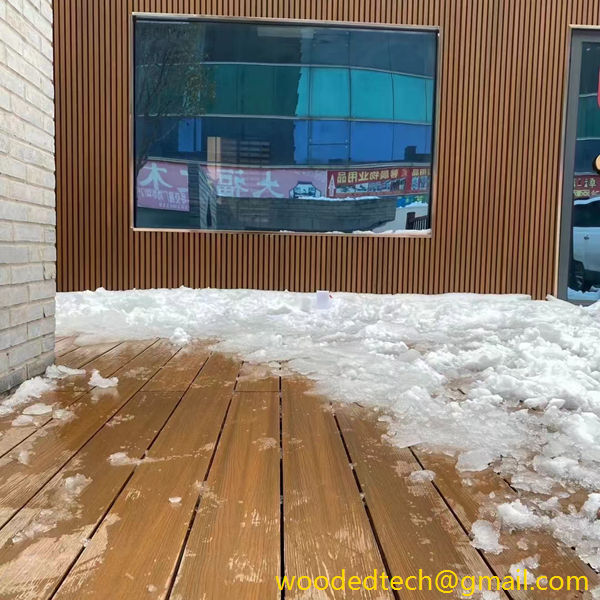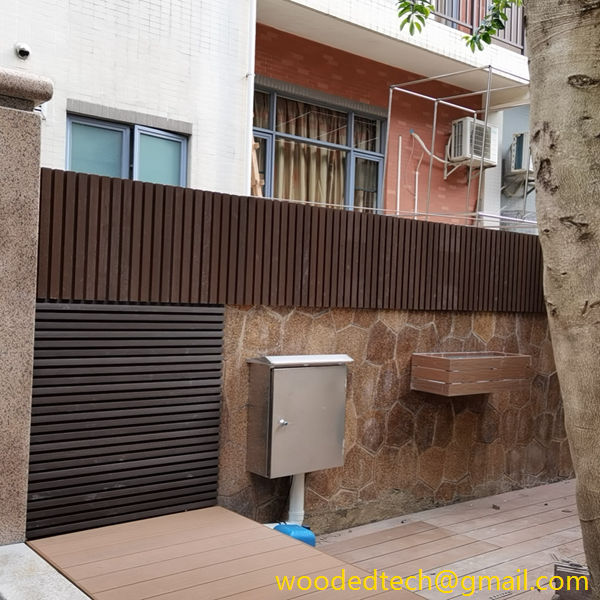Tablones de polímero de madera: soluciones duraderas para exteriores
Tablones de madera polimérica para soluciones duraderas de exterior En los últimos años, los sectores de la construcción y el paisajismo han experimentado un cambio significativo hacia materiales innovadores que ofrecen mayor durabilidad y sostenibilidad. Una de estas innovaciones es el desarrollo de los tablones de madera polimérica, un material compuesto que combina el atractivo estético de la madera con la resistencia...
Tablones de polímero de madera: soluciones duraderas para exteriores
In recent years, the construction and landscaping industries have witnessed a significant shift towards innovative materials that provide enhanced durability and sustainability. One of these innovations is the development of polymer wood planks, a composite material that combines the aesthetic appeal of wood with the resilience of polymers. This unique blend addresses many challenges associated with traditional wood products, particularly in outdoor applications. This article delves into the various aspects of polymer wood planks, including their composition, benefits, applications, and future potential in material production technology.
Polymer wood planks are primarily composed of a combination of wood fibers, recycled plastics, and additives. The wood fibers can come from various sources, including sawdust, wood shavings, or even recycled wood products. These fibers provide the planks with a natural look and feel similar to traditional wood, while the recycled plastics, often sourced from post-consumer materials, contribute to the planks’ structural integrity and resistance to environmental stressors.
Additives may also be included to enhance specific properties such as UV resistance, color stability, and anti-fungal characteristics. This composite structure allows polymer wood planks to maintain the warmth and beauty of wood while offering superior performance in terms of weather resistance, durability, and low maintenance requirements.
One of the standout features of polymer wood planks is their exceptional durability. Unlike traditional wood, which can warp, splinter, or decay over time due to exposure to moisture, insects, and UV radiation, polymer wood planks are designed to withstand these challenges. They are inherently resistant to rot and insect damage, making them an ideal choice for outdoor applications such as decking, fencing, and landscaping.
Additionally, polymer wood planks are low-maintenance. Traditional wood requires regular staining, sealing, and painting to preserve its appearance and structural integrity. In contrast, polymer wood products generally only require occasional cleaning with soap and water to maintain their aesthetic appeal. This ease of maintenance makes them an attractive option for homeowners and businesses alike.
Another significant advantage is their eco-friendliness. The use of recycled materials in the production of polymer wood planks helps reduce waste and dependency on virgin resources. As sustainability becomes a key consideration in construction and landscaping, the demand for environmentally friendly materials like polymer wood is expected to grow.
Moreover, polymer wood planks offer design versatility. They can be manufactured in various colors, textures, and finishes, allowing for greater customization in outdoor designs. This versatility enables architects and designers to create visually appealing structures while still benefiting from the durability and low maintenance of polymer materials.
The applications of polymer wood planks are vast and varied. In residential settings, they are commonly used for outdoor decking, patios, and garden furniture. Their resistance to moisture and UV rays makes them particularly suited for areas that experience harsh weather conditions. Homeowners can enjoy beautiful outdoor spaces without the constant worry of deterioration over time.
Commercial applications are equally promising. Restaurants, hotels, and recreational facilities are increasingly turning to polymer wood planks for their outdoor spaces. The combination of durability, aesthetic appeal, and low maintenance aligns perfectly with the needs of businesses that want to provide attractive environments for their customers while minimizing upkeep costs.
In addition to decking and furniture, polymer wood planks are also employed in landscaping features such as retaining walls, garden borders, and walkways. Their ability to withstand the elements ensures that these features maintain their structural integrity and appearance over time, enhancing the overall appeal of outdoor spaces.
As technology continues to advance, the future of polymer wood planks looks promising. Innovations in material science may lead to even more enhanced properties, such as increased strength, improved thermal performance, and better resistance to environmental factors. Research into bio-based polymers and sustainable sourcing of wood fibers could further improve the eco-friendliness of these materials, aligning with global sustainability goals.
Furthermore, the growing trend toward circular economy practices in construction and manufacturing is likely to drive the development of polymer wood planks. As industries seek to minimize waste and maximize resource efficiency, the ability to create high-quality materials from recycled products will become increasingly valuable.
In conclusion, polymer wood planks represent a significant advancement in outdoor material solutions. Their unique combination of durability, low maintenance, aesthetic appeal, and eco-friendliness positions them as a desirable choice for various applications. As the demand for sustainable and resilient materials continues to rise, the role of polymer wood planks in the construction and landscaping industries is poised to expand, offering innovative solutions for outdoor living spaces that meet the needs of both consumers and the environment.

